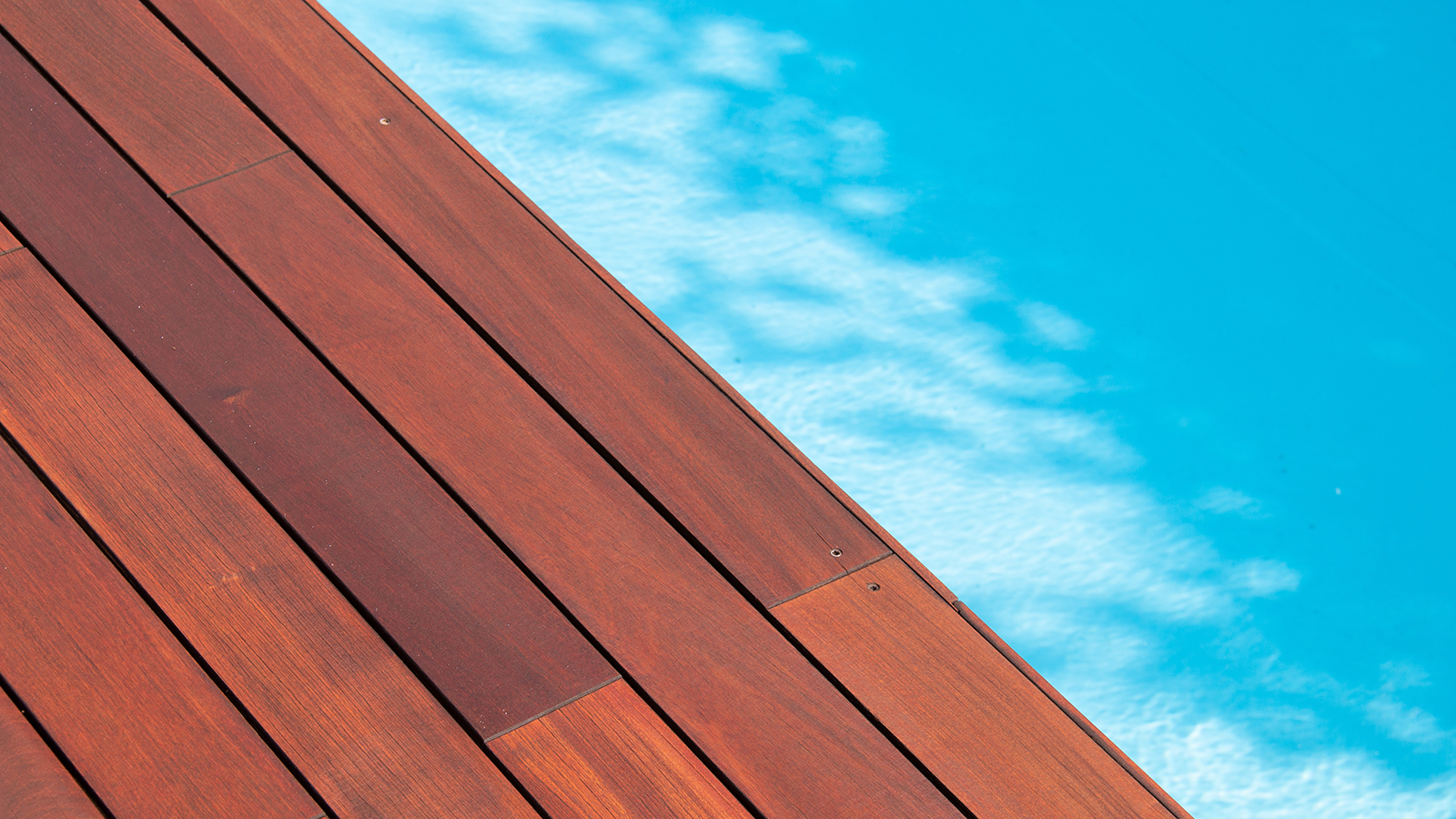Determining the hardest wood in the world reveals surprising contenders far beyond common varieties like oak or hickory. The Janka hardness test serves as the standard measure, quantifying the force required to embed a steel ball into a wood sample. The results highlight some of the most durable and dense woods, showcasing their unique properties and applications.
Top Contenders for Hardest Wood
Among the most frequently cited is the Australian Buloke (Allocasuarina luehmannii), boasting a staggering Janka hardness of approximately 5,060 lbf. Native to Australia, this flowering plant stands out for its exceptional durability and density. Its toughness has drawn comparisons to the South American wood known as quebracho, or “axe-breaker,” which has a Janka hardness exceeding 4,500 lbf. Historically, quebracho has been utilized in construction and railway ties due to its water resistance and resilience.
Another notable entry is Lignum vitae, which translates to “wood of life.” This wood can reach a hardness of up to 4,500 lbf on the Janka scale. Although it is popular for crafting luxury items and musical instruments, it is now classified as an endangered species due to overharvesting.
Further down the list, Snakewood captivates with its distinctive reddish-brown color and black streaks. Highly sought after for decorative purposes, it is also known for high density and elevated prices, particularly in knife handles and instrument bows.
Additional Hardwoods and Their Applications
Another impressive wood, commonly referred to as Brazilian walnut, or ipe, scores around 3,600 lbf on the Janka scale. Known for its water and insect resistance, ipe is frequently used in decking and outdoor construction, making it a durable choice for various applications.
Additionally, African blackwood ranks among the most expensive woods in the world, with a high Janka rating. It is highly regarded for its use in high-end musical instruments, thanks to its ability to be intricately carved and polished to a gleaming finish. Unfortunately, like many other hardwoods, it faces threats due to limited supply.
The Sonoran Desert also produces a dense wood known for its durability, characterized by a dark, rich color and notable decay resistance. While not commonly used in flooring, it remains a favorite for carvings and luxury goods.
Finally, Brazilian teak, another South American hardwood, has a Janka hardness of about 3,300 lbf. Its high density and water resistance make it a preferred material for flooring and heavy-use furniture, further expanding the applications of hard woods in various industries.
The Janka hardness test provides a clear understanding of wood durability, where higher ratings indicate harder woods. Common hardwoods like oak average around 1,300 lbf, while the hardest woods can exceed 5,000 lbf. Selecting the appropriate wood is crucial for applications ranging from construction to intricate carvings, affecting both performance and aesthetics.
As the demand for these robust materials continues, awareness of their properties and the importance of sustainable sourcing becomes increasingly vital.







